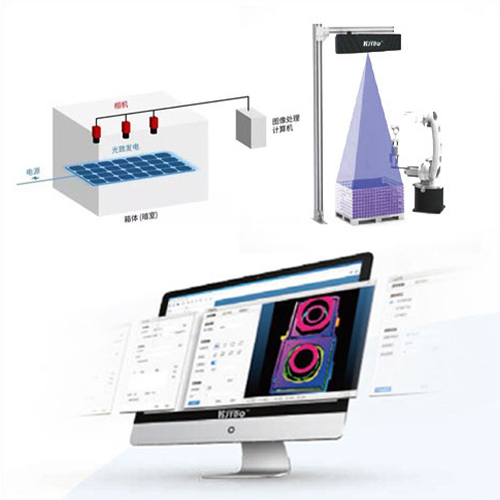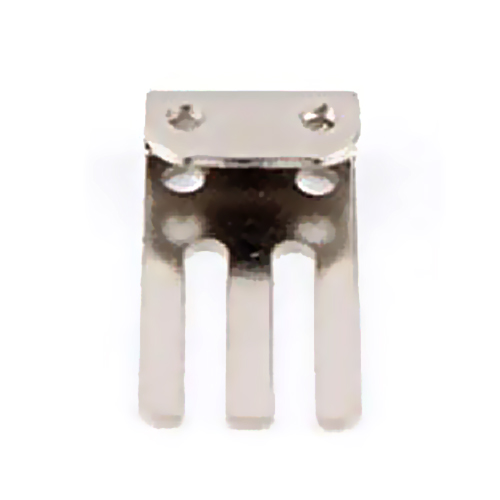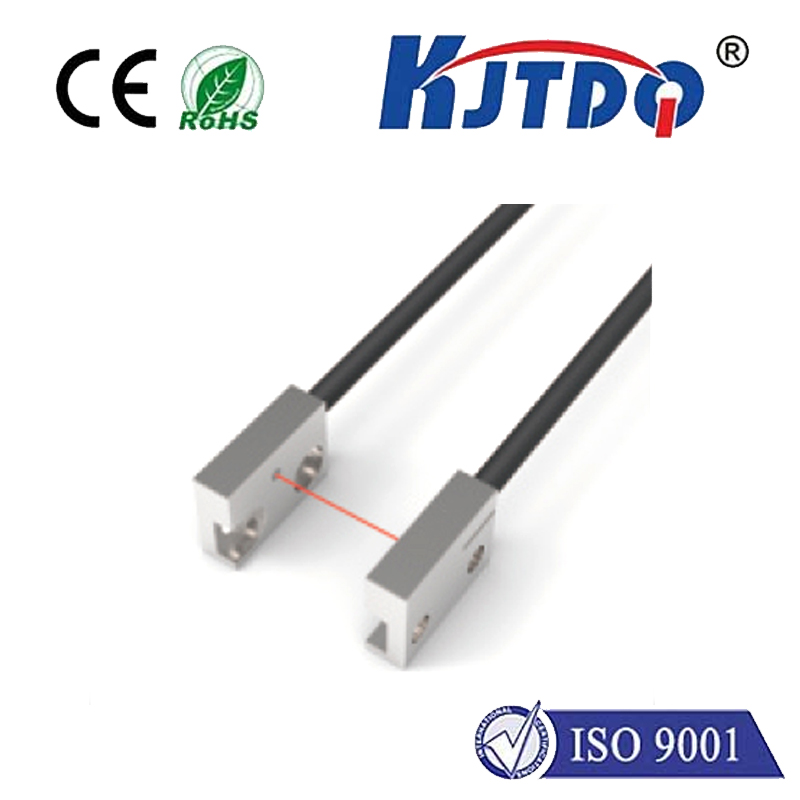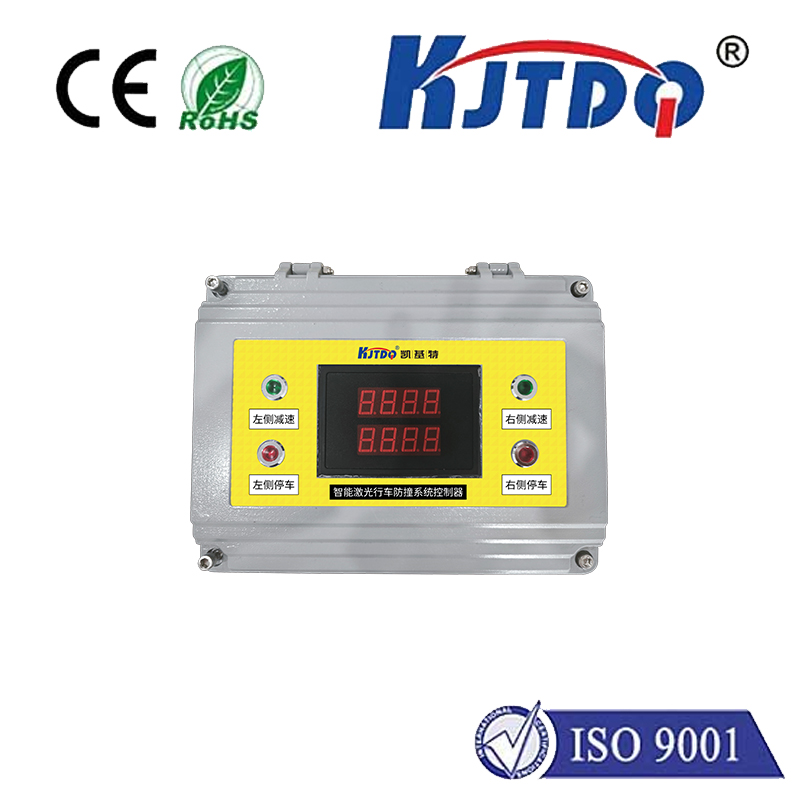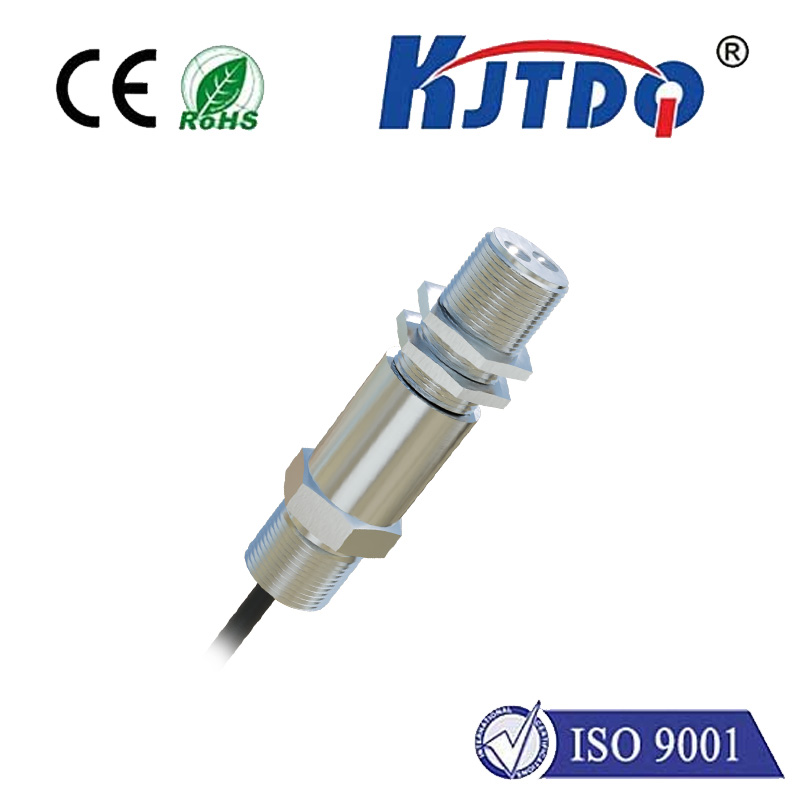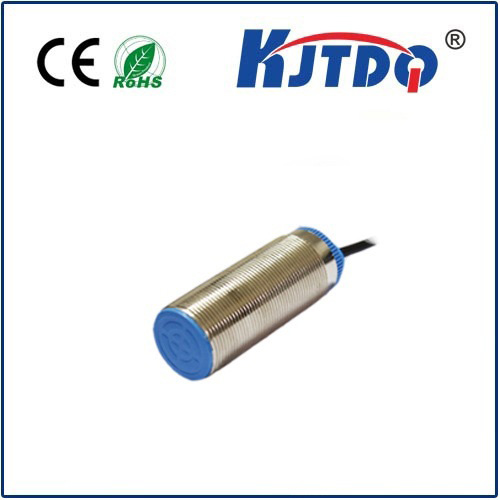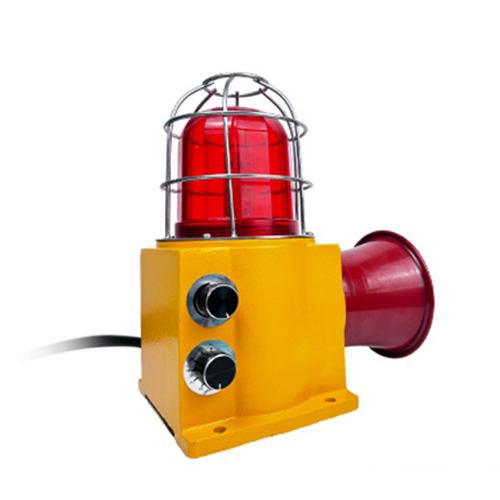laser based vibration sensor
- time:2025-08-29 01:30:05
- Click:0
Shining a Light on Precision: Mastering Non-Contact Measurement with Laser-Based Vibration Sensors
Imagine this: a critical turbine spins at dizzying speeds deep within a power plant. A microscopic crack develops, radiating subtle, tell-tale vibrations. Detecting this flaw early, before catastrophic failure, demands precision traditional contact sensors simply can’t achieve without risking interference or damage. This is where laser-based vibration sensors step into the spotlight, offering a revolutionary approach to measuring the imperceptible dance of objects.
These sophisticated instruments represent the pinnacle of non-contact vibration measurement, utilizing focused beams of light to capture surface motion with unparalleled accuracy and detail. Free from the constraints of physical probes that can alter delicate dynamics or struggle in hostile environments, laser vibrometers unlock a world of possibilities for engineers and scientists.
How the Beam Reveals the Motion: Core Principles
Fundamentally, most laser-based vibration sensors operate on the principle of laser Doppler vibrometry (LDV). Here’s a simplified look at the elegant physics at play:
- Laser Emission: A highly stable, coherent laser beam is directed towards the target surface.
- Doppler Shift: When the target vibrates, the light reflected back experiences a frequency shift proportional to its velocity. Motion towards the sensor increases the frequency (blue shift), while motion away decreases it (red shift). This is the same Doppler effect that alters the pitch of an ambulance siren.
- Interference & Detection: The reflected beam, now carrying the Doppler-shifted frequency, is combined with a reference beam of the original laser frequency. This mixing creates an interference pattern. The rate at which this interference pattern fluctuates – its beat frequency – directly corresponds to the surface velocity of the target.
- Signal Processing: Sophisticated electronics and signal processors decode this beat frequency. Integrating the velocity signal then provides precise displacement (amplitude of vibration) information.
The result? Continuous, real-time data on the vibration velocity or displacement of a point, or even a full-field map of vibration modes across a surface (scanning LDV), without ever touching it.

Why Choose Laser? Unlocking Key Advantages
The non-contact nature is the defining superpower of laser-based vibration sensors, leading to numerous compelling benefits:
- Zero Mass-Loading: Eliminates the risk of altering the vibration characteristics of lightweight, delicate, or low-mass structures, a critical factor in microelectronics, MEMS, acoustics, and biomedical applications.
- Accessibility: Measures hard-to-reach, hot, rotating, hazardous (electrified, chemically aggressive), or sterile surfaces with ease and safety.
- High Fidelity & Bandwidth: Captures extremely high-frequency vibrations (often up to MHz range) and minute displacements (down to picometers) that contact sensors cannot reliably detect, crucial for advanced diagnostics and research.
- Wide Velocity Range: Capable of measuring vibrations ranging from incredibly slow motions to extremely high-speed machinery.
- Spatial Resolution: Focuses the laser beam to a very small spot (microns), allowing precise measurement on small components or analysis of localized defects.
- No Sensor Wear: Since there’s no physical contact, the sensor itself has no moving parts to wear out, ensuring long-term calibration stability and reliability.
Where the Laser Light is Essential: Key Applications
The unique capabilities of laser Doppler vibrometry make these sensors indispensable across diverse industries:
- Structural Health Monitoring (SHM): Assessing the integrity of bridges, buildings, wind turbine blades, aircraft components, and pipelines by detecting subtle changes in vibration signatures indicative of fatigue, cracks, or loosening connections.
- Aerospace & Automotive: Analyzing engine vibrations, NVH (Noise, Vibration, Harshness) testing on panels and interiors, evaluating brake systems, turbomachinery dynamics, and validating complex structural models.
- Microelectronics & MEMS: Characterizing the vibration performance of tiny sensors, actuators, and silicon structures where contact measurements are impossible or destructive.
- Acoustics & Audio: Studying sound radiation from loudspeaker diaphragms, musical instruments, and vibrating panels – often correlating vibration directly with emitted sound.
- Biomedical & Life Sciences: Measuring tympanic membrane (eardrum) motion in hearing research, analyzing biomechanics of tissues or bones, and characterizing microfluidic devices.
- Quality Control & Production: Verifying the performance and detecting defects in motors, bearings, fans, pumps, and other rotating machinery on the production line.
- Research & Development: Fundamental studies in dynamics, material properties, modal analysis, acousto-optics, and non-destructive testing (NDT).
Considerations for Optimal Performance
While powerful, laser-based vibration sensors require thoughtful application:
- Reflective Surface: Ideally, the target needs a reflective surface. Diffuse or dark surfaces might require reflective tape or spray, which can slightly alter mass. Newer differential vibrometers handle lower reflectivity better.
- Alignment & Stability: Precise alignment of the laser beam onto the measurement point is crucial. Environmental vibrations affecting the sensor setup need mitigation.
- Line of Sight: Requires an unobstructed path between the sensor and the target.
- Cost: Typically represent a higher initial investment compared to contact accelerometers, though the value proposition is strong for applications demanding their unique capabilities.
The Future is Bright: Evolving Capabilities
Laser vibrometer technology continues to advance. Scanning LDV systems create detailed vibration maps over large areas. 3D vibrometers simultaneously measure vibrations in three perpendicular directions. Microscopic LDVs push spatial resolution even further. Integration with other techniques like thermography or process monitoring enhances diagnostic power. As computational capabilities grow, so does our ability to extract deeper insights from the rich data these sensors provide.
From safeguarding critical infrastructure to fine-tuning the sound of a violin or ensuring the reliability of microscopic machines, laser-based vibration sensors offer an unmatched window into the dynamic world. By harnessing the power of light, they provide non-contact vibration measurement solutions where traditional methods falter, driving innovation and precision across the technological landscape. Their ability to reveal the subtle language of vibration without intrusion makes them not just tools, but essential partners in the pursuit of engineering excellence and scientific discovery.






